In today’s high-stakes digital economy, downtime is more than a disruption—it’s a threat to trust, revenue, and regulatory standing. At Infiligence, we embed security into every phase of development and operations through DevSecOps, slashing Mean Time to Recovery (MTTR) and turning reactive firefighting into proactive resilience. By 2030, with AI-driven automation and intelligent platforms maturing rapidly, recovery will be measured in seconds—not hours.
What’s MTTR and Why Does It Matter?
MTTR (Mean Time to Recovery) measures how fast a system recovers after failure—a key indicator of operational resilience. Across industries like finance, healthcare, and manufacturing, downtime disrupts services and erodes trust. Gartner estimates IT downtime costs $5,600 per minute, making fast recovery not just technical—but strategic.
How DevSecOps Drives Down MTTR
DevSecOps isn’t just about automating security. It’s about embedding resilience into the fabric of your entire software delivery process. Here's how our clients are seeing measurable reductions in MTTR through DevSecOps-led platform engineering
1) Shift-Left Security Testing
- Detect vulnerabilities early in the CI pipeline before they reach production.
- Example: Integrating SAST with GitHub Actions
name: Static Analysis
on: [push]
jobs:
semgrep:
runs-on: ubuntu-latest
steps:
- uses: actions/checkout@v2
- name: Run Semgrep
uses: returntocorp/semgrep-action@v1
2) Automated Security Gatekeeping
Prevent risky code from being merged or deployed. Tools like Trivy enforce policy gates by failing builds if high-severity vulnerabilities are found.
trivy fs . --severity CRITICAL --exit-code 1
3) Immutable Infrastructure & IaC
Recover faster by rebuilding infrastructure from secure code, not fixing it manually.
Infrastructure as Code (IaC) enables rapid, consistent recovery from failure.
resource "azurerm_resource_group" "example" {
name = "example-resources"
location = "East US"
}
resource "azurerm_app_service_plan" "example" {
name = "example-appserviceplan"
location = azurerm_resource_group.example.location
resource_group_name = azurerm_resource_group.example.name
kind = "Linux"
reserved = true
sku {
tier = "Standard"
size = "S1"
}
}
resource "azurerm_app_service" "secure_app" {
name = "secure-web-app-${random_string.suffix.result}"
location = azurerm_resource_group.example.location
resource_group_name = azurerm_resource_group.example.name
app_service_plan_id = azurerm_app_service_plan.example.id
https_only = true
identity {
type = "SystemAssigned"
}
site_config {
minimum_tls_version = "1.2"
http2_enabled = true
}
tags = {
environment = "production"
}
}
4) Continuous Monitoring and Alerting
Detect issues in real-time and trigger instant responses.
Monitoring tools integrated with automated rollback mechanisms keep MTTR low.
Azure Monitor Alert JSON
{
"location": "eastus",
"properties": {
"description": "Alert when 5XX errors exceed threshold",
"enabled": true,
"severity": 2,
"scopes": [
"/subscriptions/{subscription-id}/resourceGroups/{rg-name}/providers/Microsoft.Web/sites/{app-name}"
],
"evaluationFrequency": "PT1M",
"windowSize": "PT5M",
"criteria": {
"odata.type": "Microsoft.Azure.Monitor.SingleResourceMultipleMetricCriteria",
"allOf": [
{
"name": "High5xxErrors",
"metricName": "Http5xx",
"metricNamespace": "Microsoft.Web/sites",
"operator": "GreaterThan",
"threshold": 10,
"timeAggregation": "Total"
}
]
},
"autoMitigate": true,
"actions": [
{
"actionGroupId": "/subscriptions/{subscription-id}/resourceGroups/{rg-name}/providers/microsoft.insights/actionGroups/{action-group-name}"
}
]
}
}
Action Group JSON (Trigger Azure Function)
{
"location": "Global",
"properties": {
"groupShortName": "rollback",
"enabled": true,
"actions": {
"actionGroups": [],
"azureFunctionReceivers": [
{
"name": "TriggerRollbackFn",
"functionAppResourceId": "/subscriptions/{subscription-id}/resourceGroups/{rg-name}/providers/Microsoft.Web/sites/{function-app-name}",
"functionName": "RollbackHandler",
"httpTriggerUrl": "https://{function-app-name}.azurewebsites.net/api/RollbackHandler?code=xyz"
}
]
}
}
}
5) Automated Rollbacks and Canary Deployments
Limit blast radius and fail safely.
Gradual rollouts with tools like Argo Rollouts help recover before users are widely impacted.
strategy:
canary:
steps:
- setWeight: 20
- pause: { duration: 60s }
- setWeight: 60
- pause: { duration: 60s }
- setWeight: 100
6) Security-as-Code and Policy Enforcement
Enforce security rules automatically in every environment.
With tools like Open Policy Agent (OPA), you can codify compliance rules that prevent misconfigurations at deploy time.
deny[msg] {
input.resource.kind == "Pod"
not input.resource.spec.securityContext.runAsNonRoot
msg = "Containers must not run as root"
}
Reducing MTTR isn’t just about faster tools—it’s about smarter workflows. DevSecOps unifies development, security, and operations to detect issues earlier, respond faster, and recover automatically. From shift-left testing to policy-as-code and canary rollouts, every layer of the pipeline becomes a force multiplier for resilience. The result? Less downtime, more trust, and a platform that’s built to withstand what’s next.
The 2030 Outlook: From Recovery to Autonomy
The future of DevSecOps isn’t just about faster recovery—it’s about autonomous resilience. As platforms grow more intelligent and secure-by-design, we’re moving toward a world where MTTR isn’t just measured in minutes—it’s proactively avoided altogether.
- Global Market Forecast:
From $6.5–7.0B in 2024 to $25–30B+ by 2030
- Compound Annual Growth Rate (CAGR):
22–25% over the next six years
- Top Growth Sectors:
BFSI (Banking, Financial Services & Insurance), healthcare, defense, SaaS, and regulated cloud-native firms
This surge isn’t just about tooling—it's about transformation. By 2030, DevSecOps will be the backbone of how digital platforms are built, secured, and scaled—with MTTR as one of the key indicators of maturity.
What’s Driving the Surge?
- Stricter cybersecurity regulations → Increase the cost of non-compliance, forcing faster containment and recovery.
- Rise of AI-native architectures → Demand real-time, autonomous recovery responses.
- Faster release pressure → Forces smarter pipelines that reduce failure rates—and MTTR.
- Secure-by-design platforms → Shift recovery left by reducing how often failure happens in the first place.
What’s Next: DevSecOps in 2030
DevSecOps is evolving—from scattered tools to integrated, intelligent workflows. By 2030, we’ll see:
- Smarter Pipelines: AI-assisted tools will help teams detect, prioritize, and remediate issues faster—reducing noise and recovery time.
- Built-In Compliance: Policies and controls will live inside CI/CD, making audit-readiness continuous, not reactive.
- Runtime-Aware Recovery: Platforms will increasingly support real-time rollback and threat isolation during incidents.
- Simplified Adoption: More teams will adopt DevSecOps-as-a-Service, especially in regulated environments that need speed and trust.
Why Infiligence?
At Infiligence, we’re not just building platforms—we’re engineering resilience. Our lean, hands-on team brings over a decade of experience across industries. We understand what can break, how to fix them fast, and how to design systems that recover even faster. DevSecOps isn’t a buzzword for us—it’s how we ship with confidence, speed, and trust.
Infiligence is your partner in making that future possible—today.
Ready to embed resilience into your platform from Day One?
Let’s talk.


